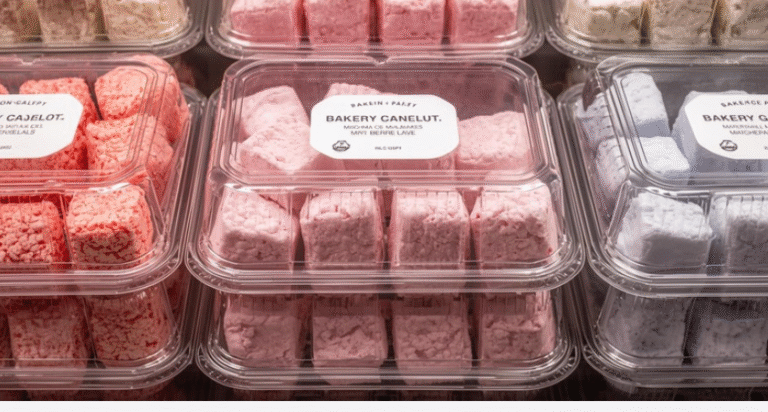Salt seems simple, but packaging it well is a real engineering task. Because sodium chloride is hygroscopic, it readily absorbs moisture from ambient air. Poor packaging leads to clumping, reduced flowability on automated lines, inaccurate dosing, and an uneven user experience. For retail brands, sub-optimal salt packaging can also degrade shelf appeal (caking, paneling, or grease spots on paper laminates) and drive up returns. For industrial buyers, packaging directly affects line efficiency (e.g., how cleanly a 50-lb bag discharges into a hopper), transportation losses, and warehouse handling costs.
This comprehensive guide will walk you through the essential aspects of salt packaging, from understanding the unique needs of different salt types to exploring the latest in eco-friendly packaging solutions. We will cover various packaging formats, the machinery required to handle them, and the key factors to consider to make an informed choice for your business.
Salt Types and Their Packaging Needs
Proper salt packaging preserves flowability, prevents moisture ingress and caking, and maintains brand consistency across sizes from single-serve to industrial totes. Different salts—refined table salt, sea salt, rock salt, and specialty flavored salts—require varying barrier levels, dispensing ergonomics, and label real estate.
- Fine table salt / iodized salt: Requires tight moisture control; commonly packed in pillow bags, stand-up pouches, or small rigid canisters for precise pouring.
- Coarse and kosher salts: With larger, more irregular crystals, these salts need durable packaging that can handle their abrasive texture without puncturing. So larger granules benefit from slightly wider spouts/openings and stiffer pack formats to prevent crushing.
- Sea salt & specialty salts (smoked, flavored): Often premium-positioned; packaging emphasizes transparency (windows) and resealability to protect volatile aromas.
- Rock salt / water softener salt: Heavy, abrasive product typically filled into robust PE bags or FIBCs (totes) with reinforced seams.
- Industrial salts (de-icing, chemical, food processing): Focus on bulk efficiency, palletization stability, and weatherability for outdoor storage.
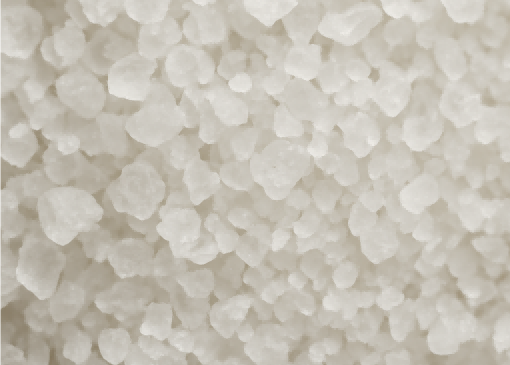
Effective salt packaging therefore needs to:
- Provide reliable moisture and vapor barriers.
- Maintain granular integrity (iodized, fine, coarse, kosher, flake, sea salt, rock salt) without crushing or dusting.
- Run efficiently on filling equipment and resist puncture/tear through distribution.
- Communicate brand quality and sustainability commitments at shelf.
Eco-Friendly Packaging Solutions
Benefits of Sustainable Packaging
Choosing an eco-friendly packaging solution can lower material use, reduce transport emissions, and strengthen brand trust—especially in the U.S. market where consumers increasingly expect credible sustainability claims. For B2B buyers, reduced packaging weight and higher pallet density can noticeably improve landed cost and carbon footprint.
Using biodegradable or paper-based structures where feasible strengthens brand positioning among eco-conscious consumers and supports emerging regulatory trends.
Biodegradable Materials for Salt Packaging
Paper laminates with bio-based sealants and compostable films are viable for certain salt SKUs when moisture barrier and seal integrity are validated in real-world distribution. Selection should weigh barrier performance, machinability on VFFS or premade-bag lines, and end-of-life claims substantiated by certifications.
Options to consider:
- Paper with bio-based barrier coatings: For small retail packs, paper-based laminates paired with plant-derived coatings can achieve moderate moisture resistance while remaining recyclable or compostable (where facilities exist).
- Compostable films (PLA, PHA blends): Suitable for low-to-moderate barrier needs. Assess water vapor transmission rates (WVTR) carefully for fine salts.
- Starch-based or cellulose films: Emerging solutions; test for seal strength and puncture resistance with crystalline products like salt.
Practical tip: salt is unforgiving to low-barrier films. If moving from metallized to paper/compostable structures, run shelf-life trials under high RH (e.g., 75% RH) and temperature cycling to confirm caking remains within spec.
Innovations in Eco-Friendly Salt Packaging
Recent innovations include high-barrier mono-material pouches for improved recyclability and lightweight rigid PET blends for refill systems. Brands are piloting refill pouches paired with durable jars to cut plastic per refill while maintaining shelf presence and consumer convenience.
- Mono-material PE or PP pouches that are store-drop-off recyclable in many U.S. regions, designed with high-barrier EVOH layers yet still meeting recycling guidelines.
- Recycled content (PCR) films and bags to reduce virgin resin use while maintaining strength for 25–50 lb applications.
- Minimalist structures (e.g., eliminating unnecessary windows or zippers) to cut material mass without compromising function.
- Water-based inks/adhesives to enhance recyclability and reduce VOCs.
Types of Salt Packing Solutions
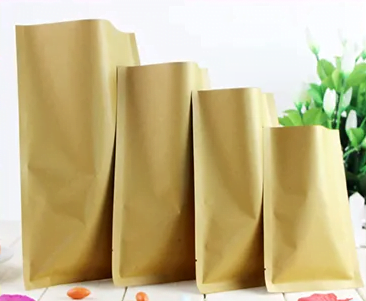
Plastic or Paper Bags (Bulk & Retail Packaging)
This is a traditional and cost-effective option for both retail-sized packages and larger bulk quantities. Multi-wall paper bags and woven polypropylene bags are common for industrial use.
- Best for: Fine and coarse retail salts (1–5 lb), water softener salt (20–50 lb), de-icing salts.
- Materials: LDPE/LLDPE, HDPE, or laminated films (e.g., PE//EVOH//PE). Paper sacks may use moisture-resistant coatings.
- Pros: Cost-effective, scalable, printable.
- Watch-outs: Ensure adequate WVTR barrier; reinforce seals and gussets for heavy packs.
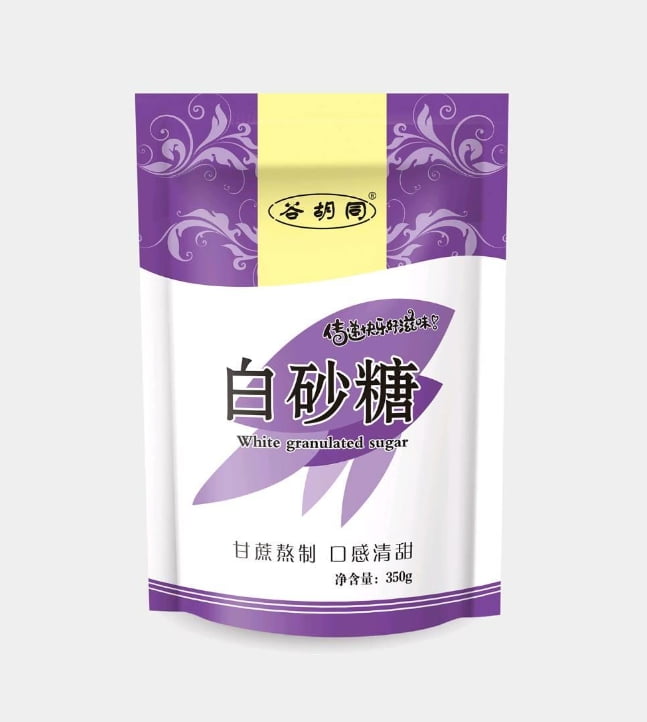
Stand-Up Pouches (Flexible Packaging)
Offering excellent shelf presence with high-quality graphics, stand-up pouches are a popular choice for gourmet and specialty salts. They often include resealable zippers to maintain freshness.
- Best for: Premium sea salts, flavored salts, culinary salts (8–32 oz).
- Features: Resealable zippers, pour spouts, clear windows.
- Pros: Shelf presence, portion control, reduced ship weight (vs. rigid).
- Watch-outs: Verify barrier if moving to paper/mono-material; confirm zipper tracks don’t trap salt dust (affects seal).
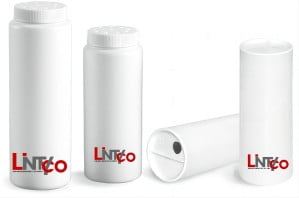
Plastic Bottles & Jars
Rigid containers like shakers, jars, and bottles provide great product protection and consumer convenience, making them ideal for table salt and seasoning blends.
- Best for: Table salt shakers, specialty salt grinders.
- Materials: PET or PP with HDPE closures; optional grinder heads.
- Pros: Excellent user convenience and dosing control; strong brand blocking on shelf.
- Watch-outs: Higher resin usage; consider lightweighting and PCR content.
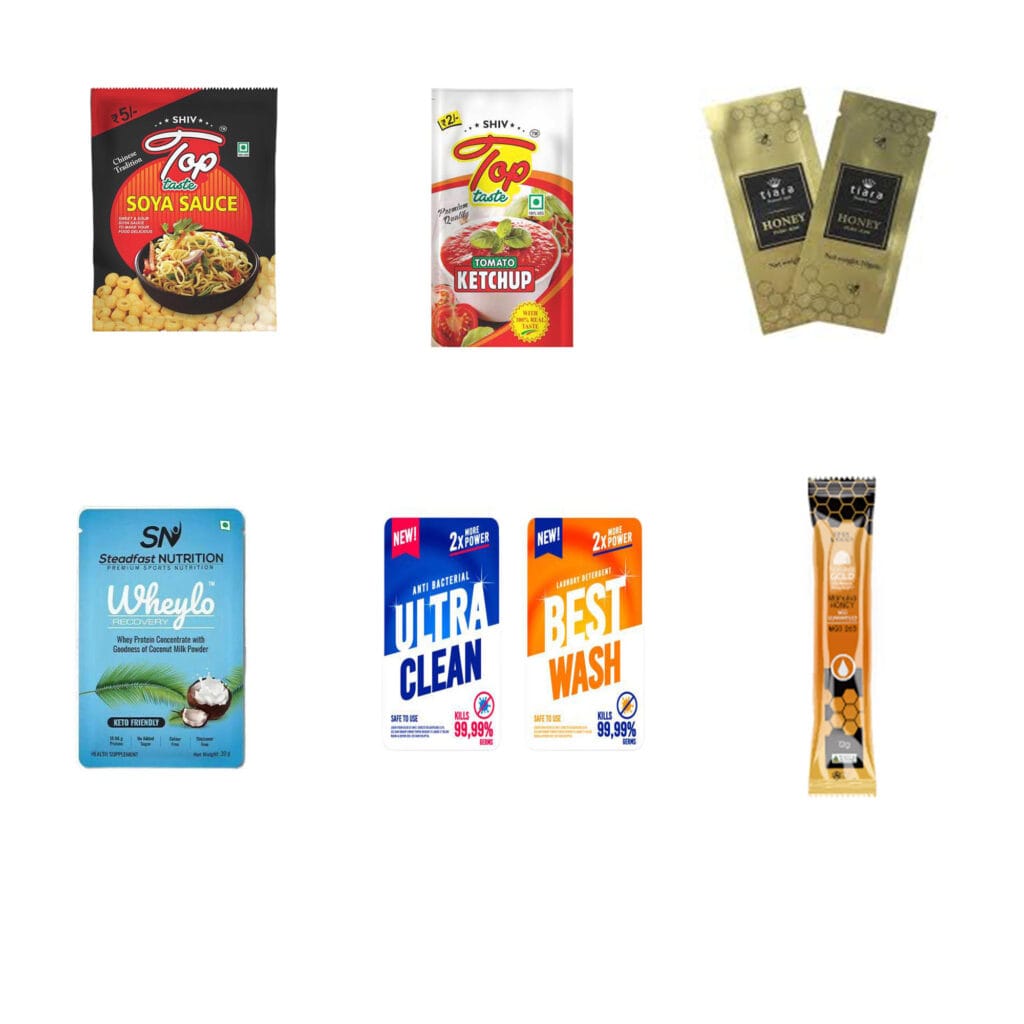
Sachets & Single-Serve Packets
Perfect for food service, meal kits, and promotional samples, sachets offer precise portion control and are hermetically sealed for maximum freshness.
- Best for: Foodservice, ready-to-eat kits, airline/meal boxes.
- Pros: Hygienic, accurate portioning, high-speed production.
- Watch-outs: Sustainability trade-offs due to small-format multi-material laminates; explore paper-based single-serve where feasible.
Large Industrial Bags & Totes
For B2B applications, such as food processing or chemical manufacturing, salt is transported in large bulk bags (FIBCs) or totes that can hold a ton or more of product.
- Best for: Industrial salts (25–50 kg; 500–1,000 kg FIBCs).
- Pros: Efficient for bulk handling; liners improve moisture protection.
- Watch-outs: UV stabilization for outdoor exposure; lift loop strength and pallet stability; compatibility with automated depalletizing.
Type of Salt Packaging Machines
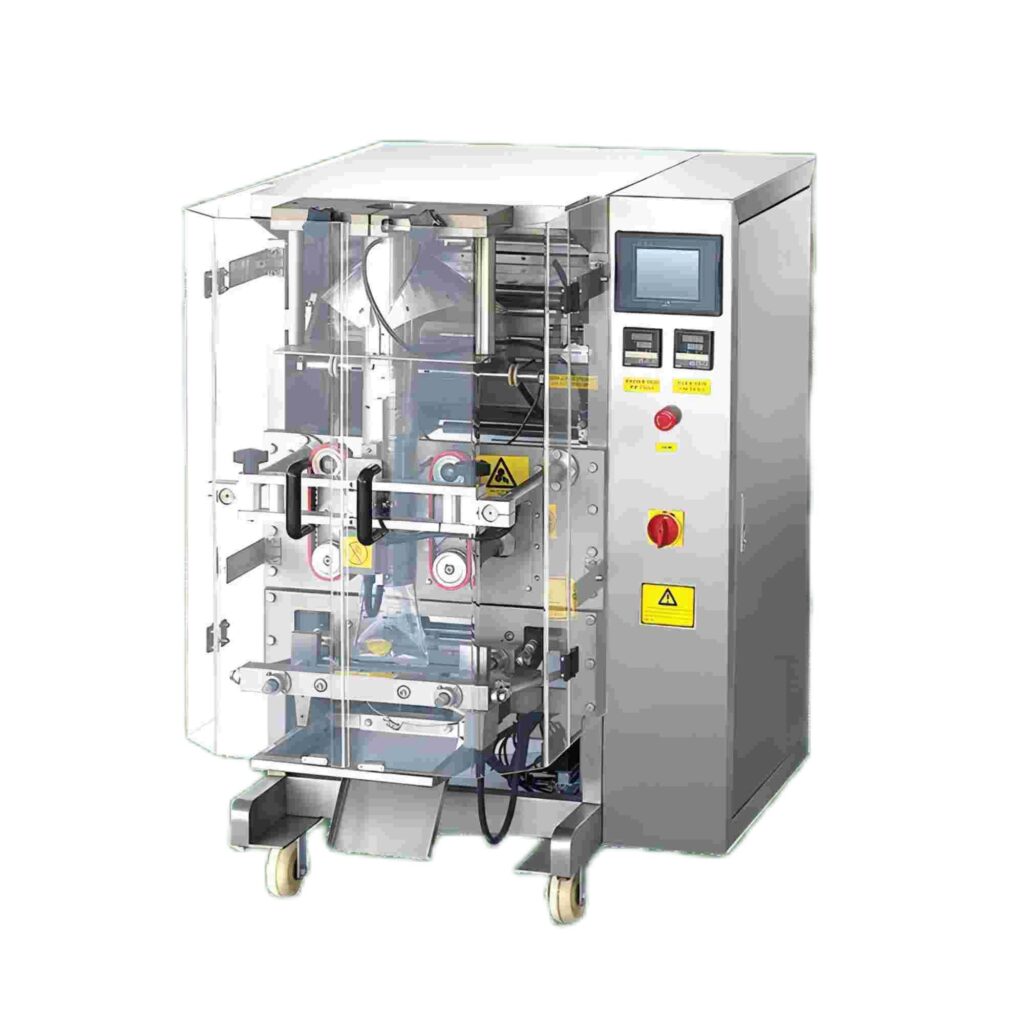
Vertical Form Fill Seal (VFFS) Machine
- Use cases: Pillow, gusseted, or quad-seal bags for retail and medium bulk.
- Advantages: High throughput, film flexibility, integrated weighers/metal detectors. Handles a wide format range for retail bags.
- Key specs: Robust dust control, anti-bridging features in fillers, and dust-tight sealing jaws.
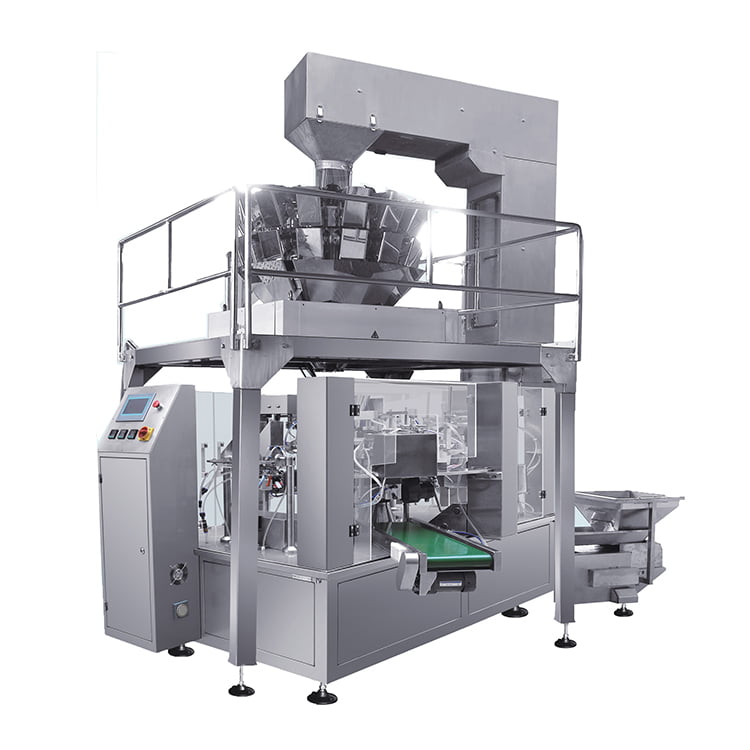
Automatic Premade Bag Filling & Sealing Machine
- Use cases: Premium stand-up pouches with zippers or spouts.
- Advantages: Great for brand-forward packs; consistent seals; rapid changeovers. Premium look with stand-up Doypacks, zippers, and complex structures, ideal for brand differentiation.
- Key specs: Pouch magazine quality control, zipper cleaning jets for salt dust, checkweigh feedback loops.
Salt Jars & Bottles Filling Machine
- Use cases: Rigid PET/PP containers, shakers, grinders.
- Advantages: Clean filling, capping and induction sealing; tamper evidence. Volumetric or auger systems with capping and induction sealing for table shakers, grinders, and flavored salts.
- Key specs: Dust extraction, anti-static measures, torque monitoring for closures.
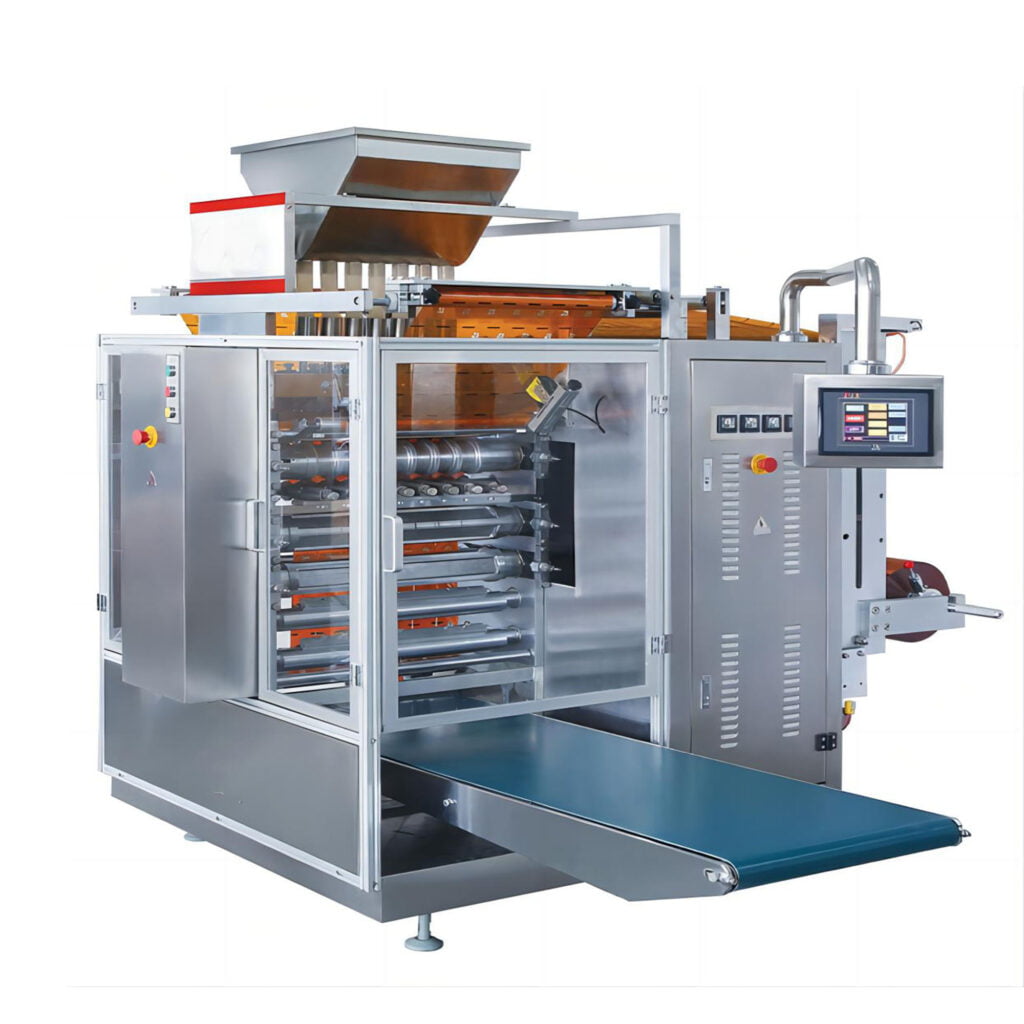
Sachet & Stick Pack Machines
- Use cases: Single-serve salt.
- Advantages: Very high speeds, accurate micro-dosing. Multi-lane efficiency for single-serve formats; precise dosing to maintain flow and portion accuracy.
- Key specs: Fine auger/volumetric dosing with agitation; precise web tension to avoid registration drift.
Bulk Bagging Machines for Industrial Salt
- Use cases: 20–50 lb bags, 25–50 kg sacks, FIBCs.
- Advantages: Rugged construction, automated palletizing integration, stretch-hooding or shrink-wrapping.
- Key specs: Vibration densification, de-aeration to reduce voids, heavy-duty conveyors, and dust-tight spouts.
Factors to Consider When Choosing Salt Packaging
1. Product Preservation and Shelf Life
- Barrier performance: Target WVTR and OTR suited to salt type and supply chain climate (humid Gulf Coast vs. arid Southwest).
- Seal integrity: Wider fin seals for heavy or high-drop-test SKUs; consider hot-tack optimization for dusty fills.
- Caking prevention: Pair packaging with process controls (humidity at fill, desiccant use where appropriate) and verify flow after aging tests.
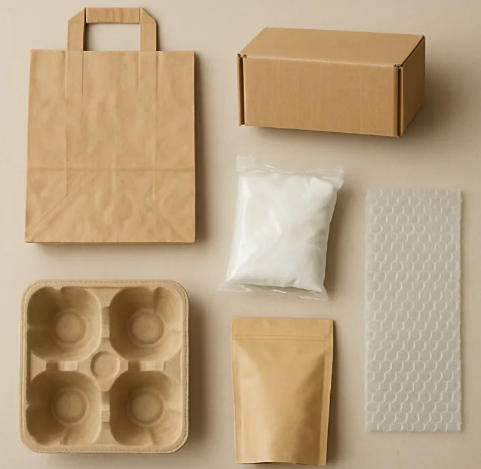
2. Cost-Effectiveness of Different Solutions
- Total cost of ownership (TCO): Film/bottle cost + machine OEE + changeover time + scrap + freight.
- Material optimization: Lightweight films, downgauged bottles, and right-sized pack formats to improve pallet efficiency.
- Automation investment: VFFS may win on speed/ppm for commoditized SKUs; premade lines can pay back via premium price realization and lower artwork waste.
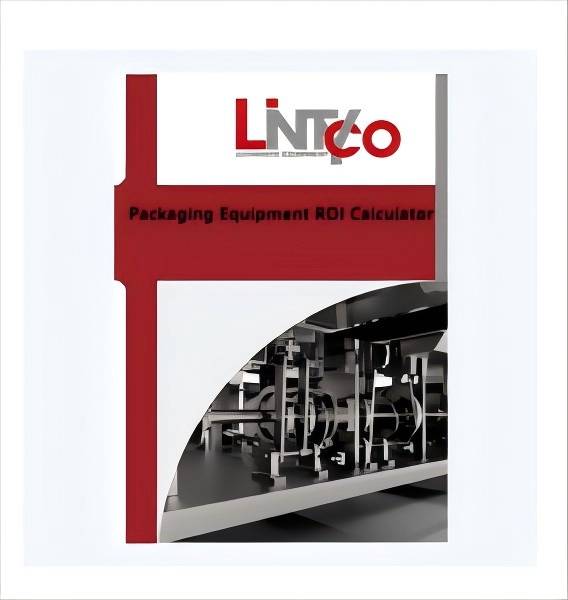
3. Brand Image and Consumer Preferences
- Sustainability signals: Recyclable mono-material pouches, PCR bottles, or paper-forward designs reinforce a sustainable packaging solution story.
- User experience: Resealability, easy-pour spouts, anti-clog closures, clear windows for premium salts.
- Regulatory & claims: Ensure FDA food-contact compliance in the U.S. and substantiate any recyclability/compostability claims to align with retailer guidelines.
Future Trends in Salt Packaging Solutions
Sustainable Practices in the Salt Industry
Expect broader adoption of:
- Design-for-recycling laminates with fewer incompatible layers.
- PCR integration in films and rigid containers at meaningful percentages.
- Digital watermarks or QR codes to guide consumer disposal and enable pack-level traceability.
The Role of Technology in Packaging Solutions
- Smarter filling lines: Inline vision for seal/print inspection, automated rejection, and recipe-driven changeovers.
- Predictive maintenance: Sensor-driven OEE improvements on augers, weighers, and seal bars.
- Data-backed sustainability: Real-time dashboards calculating material savings, carbon intensity, and waste reduction per SKU.
Conclusion: Making the Right Choice for Sustainability
Choosing the right salt packing solution is a multifaceted decision that extends far beyond a simple container. The right salt packing solution balances moisture protection, equipment compatibility, sustainability goals, and brand experience.
For cost-sensitive, high-volume SKUs, VFFS pillow/gusseted bags with optimized PE-based barriers often deliver the best TCO. For premium culinary salts, stand-up pouches or rigid jars elevate shelf presence and usability. Industrial applications benefit from heavy-duty PE sacks or FIBCs with weather-resistant features.
Whichever route you choose, run humidity-stress shelf-life trials, validate seals under dusty conditions, and quantify sustainability improvements in a way customers can trust.
Looking for the right salt packaging solution? To enhance your product’s appeal while aligning with your brand values, contact our experts Now.


